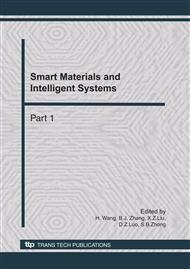p.753
p.758
p.763
p.768
p.773
p.782
p.787
p.792
p.797
Decision Models of Supply Chain Under Asymmetric Information with Demand Disruption
Abstract:
This paper studied the influence of asymmetric information and demand disruption on the decision of the supply chain. We analyzed the supply chain decision models based on a Stackelberg game under normal circumstances and demand disruption situation. The conclusion indicates when the market demand is disrupted, the optimal wholesale price, the retail price, the supplier’s expected profit and the supply chain system’s expected profit change in the same direction as the demand disruption, while the optimal production quantity and the retailer’s profit both have certain robustness under disruption. Finally we gave a numerical example to illustrate our analysis.
Info:
Periodical:
Pages:
773-781
Citation:
Online since:
October 2010
Authors:
Keywords:
Price:
Сopyright:
© 2011 Trans Tech Publications Ltd. All Rights Reserved
Share:
Citation:


